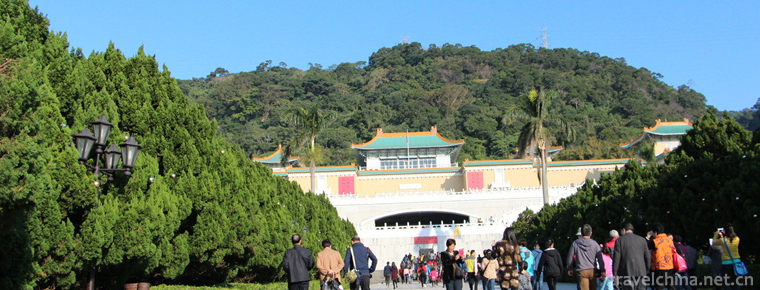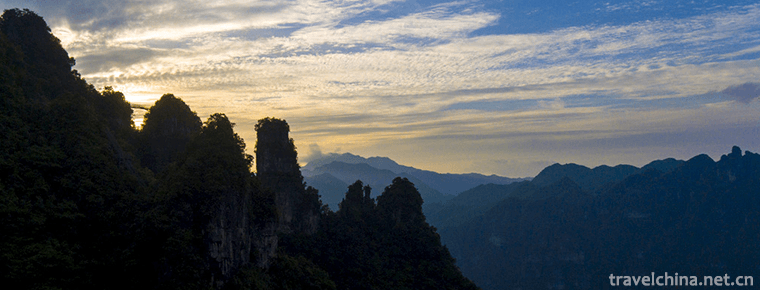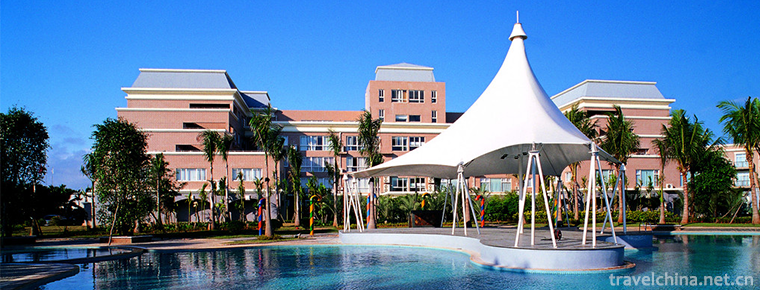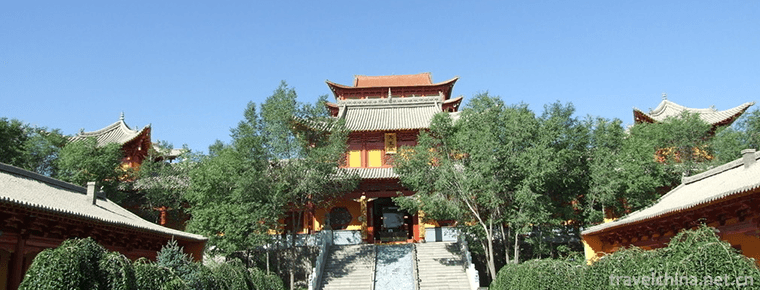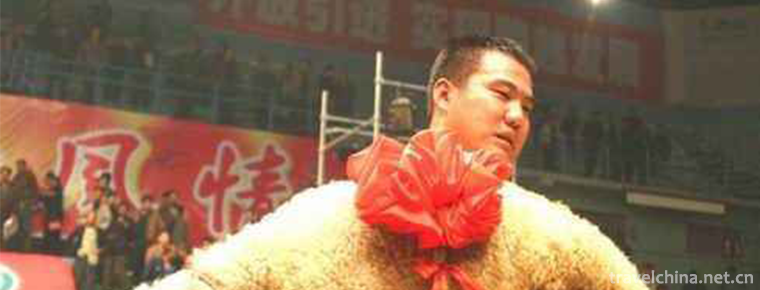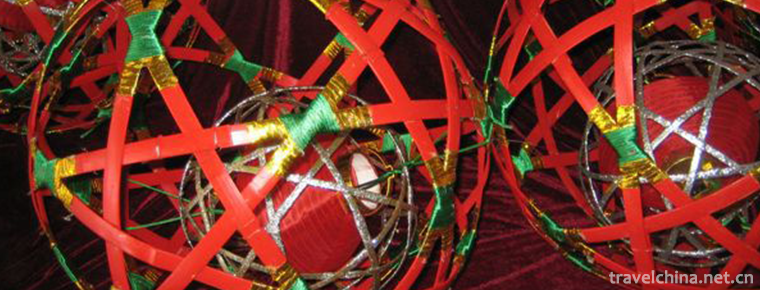Miao Series Slope Cluster
Miao Series Slope Cluster
Miao Series Slope Club refers to the festival activities of villages and villages in Rongshui County, Guangxi Zhuang Autonomous Region during the period from the third to seventeenth day of the first lunar month in spring. Every day, a slope meeting is arranged in order and continuously. It is a grand traditional folk festival for Miao people of all ethnic groups to mourn martyrs, pray for disaster relief, inspire fighting spirit, exchange feelings, and gather together for entertainment. Originated from nature, the cultural form is embodied in songs, dances and music, and it is a kind of intangible cultural heritage.
On May 20, 2006, the Miao Series Slope Club declared by Rongshui Miao Autonomous County of Guangxi Zhuang Autonomous Region was listed in the first batch of national intangible cultural heritage list with the approval of the State Council.
historical origin
Rongshui Miao people have a custom: on the first day of the first lunar month, they can not go out without blowing Lusheng, on the second day of the second lunar month, but from the third day of the third day to the seventeenth lunar calendar, it is time for collective activities and entertainment. During this period, the men and women of all villages, old and young, move out of their homes and drive around the slopes. By the eighteenth lunar calendar, it entered the production stage, and the Lusheng in the villages were sealed up until the autumn harvest was over. This custom makes Rongshui Miao's slope Festival mostly concentrated in the period from the third to seventeenth day of the first lunar month. Its indirect continuous slope will form a complete chain of slope festivals. Locals are named according to the date of the slope festival, ranging from "three slopes" to "seventeen slopes", which is the basis for the formation of the unique slope Festival group of Rongshui Miao discovered by later scholars.
However, due to the impact of modernization, people's production and lifestyle have changed, and the impact of urbanization and other factors in rural areas, the Miao Series of Slope Club has emerged in an endangered situation.
The State attaches great importance to the protection of intangible cultural heritage. On May 20, 2006, the folklore was approved by the State Council and listed in the first batch of national intangible cultural heritage lists.
Folklore Activities
The cultural form of Rongshui Miao Po Club is embodied in songs, dances and music.
The young men and women, who are dozens of miles around, dressed in festival attire and blowing Lusheng, gather in Gulongpo. They are crowded with people and wear red and green. Besides burning incense and firing guns, they also hold dragon dancing, lion playing, Lusheng trampling hall, horse fighting, bird fighting, horse racing and other cultural and sports activities. Among them, the horse-fighting attracts a large audience with fierce fighting and thrilling stimulation. Dozens of male horses compete in turn to win the championship. At last, the owner of the winner not only gets a certain reward, but also is the hero in everyone's mind. Poe Festival is also a festival for visiting relatives and friends, but for young lovers, there is an additional opportunity to exchange feelings.
At the slope meeting, young men and women sang Miao songs in groups to express their yearning for a better life and their pursuit of pure love; at the slope meeting, the step-on dance was a typical representative of Miao dance, with dozens of young women dancing in costumes and circles in a cheerful atmosphere and enthusiastic scenes; as Miao's favorite folk musical instrument, Lusheng was bound to have Lusheng in every slope and Lusheng music had welcome music for guests. Passenger song, road song, celebration song, etc. are varied, with loud voice and earthquakes.
Rongshui Miao Slope Club is organized by highly respected people in the local villages. Local villagers often regard the Slope Club as a cultural symbol of their own nation and donate donations, enthusiastically participating, which reflects the spontaneity of Rongshui Miao Slope Club. In addition, the folk beliefs of Po Hui, the ritual concept of Spring and Autumn Papers, and the contents of Lushengtang, sitting sisters and horse fighting all reflect the primitiveness of the local villagers'cultural ecology, so although the Miao Po Hui had a period of stagnation during the "Cultural Revolution", it soon recovered.
Inheritance Significance
As a unique festival, the Miao Series Slope Club brings not only an opportunity for gathering activities to the local people, but also different aspirations of mountain people to show their talents, to talk about love, to make friends and recount the past, to convey information, to exchange technology, to trade and trade, and to show the production and living characteristics, customs and customs of the people of all ethnic groups in this region, mainly Miao people. Habitual and national aesthetic taste, which condenses the common feelings of the nation, shows a very distinct value of intangible cultural heritage.
As the most concentrated display space of Miao culture, Rongshui Miao Po Club series can cultivate Miao people's sense of identity, cohesion and centripetal force towards national culture. At the same time, Po Club also attracts the extensive participation of the local people of all ethnic groups, and promotes the integration and unity of multi-ethnic groups. In addition, as a display platform of Miao culture, Po Hui makes every participant immerse in, influence and accept the edification of national culture, so that national culture can be inherited and disseminated. Therefore, Rongshui Miao Series Po Hui Group has a very high cultural value.

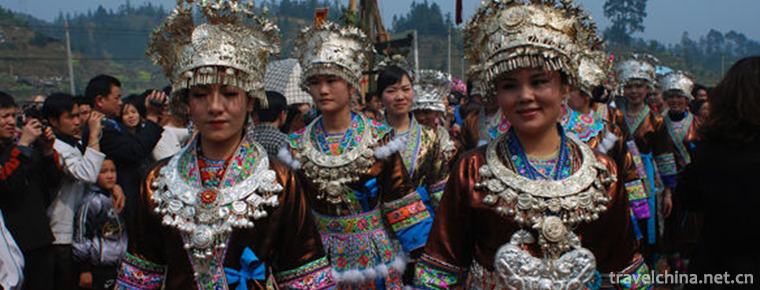
-
National Palace Museum Taipei
Taipei national the Imperial Palace Museum, also known as the Taipei the Imperial Palace and Zhongshan Museum. It is one of the three major museums in China and one of the largest comprehensive museum.
Views: 261 Time 2018-10-12 -
Chaibuxi Canyon Scenic Area
Chaibuxi Canyon Scenic Area is located in the eastern part of Wufeng Tujia Autonomous County, with Wulingyuan in the South and Qingjiang River in the north. Zhangjiajie belongs to Wuling Mountains..
Views: 216 Time 2019-01-04 -
Jiangbulak Scenic Area
Jiangbulak Scenic Area is located in the low mountain belt 58 kilometers southeast of Qitai County, Xinjiang, China. It includes wide gully scenic area and Yangwatan beach.
Views: 143 Time 2019-01-21 -
Jinjiang hot spring
Jinjiang Hot Spring is located on the Bank of Jinjiang River, Datian Town, Enping City, which is the hometown of hot springs in China. It is backed by Qixingkeng primitive forest, deep mountains and g.
Views: 156 Time 2019-01-29 -
Shandan Great Buddhist Temple
Shandan Grand Buddha Temple is located at the foot of the mountain 5 kilometers west of Shandan County, Zhangye City, Gansu Province. The old name of "Tufo Temple" was built in the Northern.
Views: 160 Time 2019-02-08 -
Riddle
Riddles mainly refer to hidden words, such as allusions or words, which can be guessed by others. They can also be extended to things containing mysteries. Riddles originated from ancient Chinese folk.
Views: 294 Time 2019-06-04 -
Scratch sheep race
The Naoyang Competition is a traditional Chinese folk custom activity mainly in Xinzhou City, Shanxi Province. It's a wrestling competition with a live sheep as a prize. In the countryside, "scra.
Views: 108 Time 2019-06-07 -
Wang Guo Festival
Wangguo Festival is a festival for Tibetan farmers to celebrate a bumper harvest. It is popular in Lhasa, Shigaze, Shannan and other places in Tibet Autonomous Region. The time is between July and Aug.
Views: 130 Time 2019-06-26 -
Yuhang Rolling Lamp
Yuhang Rolling Lamp is a kind of Han folk dance which combines athletics, martial arts and dance. It is made of bamboo pieces of large sphere as the main props, in the center of the sphere of bamboo k.
Views: 148 Time 2019-07-14 -
Calculation with an abacus
Liu Hong (129-210 A.D.), a character Zhuo, a descendant of Liu Xing, the king of Lu in the Eastern Han Dynasty, is an outstanding astronomer and mathematician in ancient China. He is the inventor of a.
Views: 160 Time 2019-08-10 -
Anhui University
( Anhui University For short, "anda" is located in the provincial capital. Market It's the state. "Double First-Class" initiative "World class discipline construction," M.
Views: 195 Time 2019-10-04 -
Resources and environment of Leshan
By the end of 2018, the total energy consumption of Leshan City was 15.3994 million tons of standard coal, an increase of 580900 tons of standard coal over the previous year. The energy consumption of 10000 yuan GDP decreased by 4.38%..
Views: 144 Time 2020-12-17
